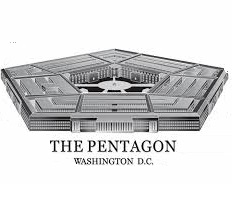Congress overcame its perpetual gridlock and actually passed a Defense budget. In today’s political climate, a budget for the entire fiscal year was no sure thing. For example, the Department of Homeland Security (DHS) is only funded to February.
This is good news for Defense vendors who have suffered under budget uncertainty. Take a look at table below for winners and losers.
| Who gets it | How much | Comments |
| Department of Defense | $554.1 billion |
|
| Pentagon Procurement | $93.8 billion | $1 billion more than 2014 |
| Defense R&D | $63.7 billion | $700 million more than 2014 |
| Overseas Contingency Operations (OCO) (Afghanistan) | $64 billion | $21 billion less than the 2014 |
| Anti-Islamic State Operations | $3.4 billion | President wanted $5.6 billion |
| Military Pay Raise | Capped at 1% |
|
| DoD Operation & Maintenance | $161.7 billion |
|
| A-10 Attack Plane | $338 million |
|
| Iron Dome Program | $351 million | President only wanted $176 million |
| European Reassurance Initiative | $810 million | Includes $175 million for Ukraine and Baltics |
| Navy’s E/A-18G Electronic Warfare Jets | $1.4 billion | Enough to buy 15 in 2015 |
A few other highlights
- The F-35 fighter program gets $240 million more than requested in order to buy four additional jets.
- The budget maintains the American aircraft carrier fleet at 11.
- The National Guard and Reserve gets $1.2 billion more than requested for equipment.
Information for this blog post came from DefenseNews and Forbes.









